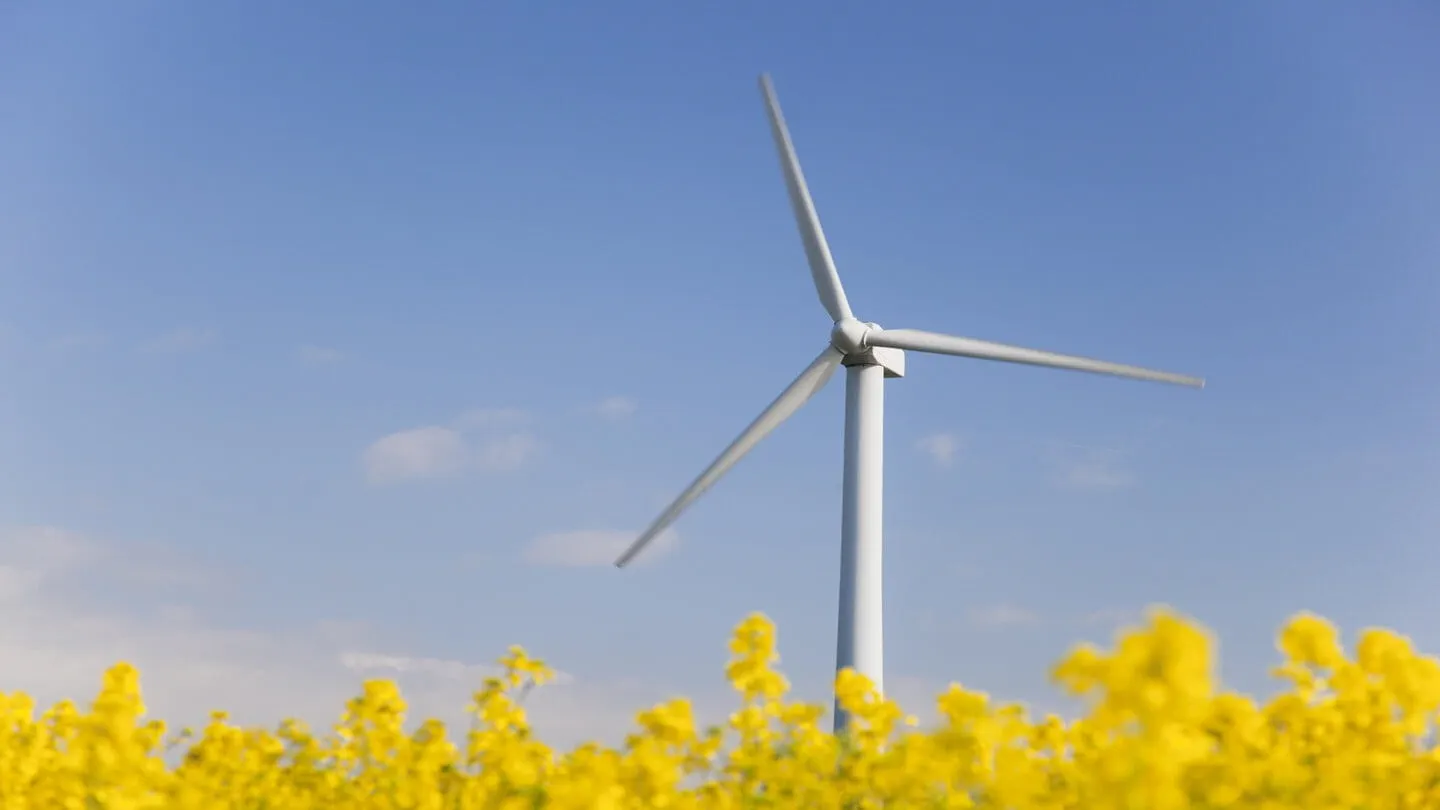As 2024 unfolds, the urgency with which we need to achieve our decarbonisation goals grows. The realisation that there may only be six years to prevent the worst effects of climate change is daunting. For industry, with its incredibly complex variations, decarbonising the delivery of process heat is firmly on the agenda. It is no accident that nearly every industrial plant has relied on fossil fuels to meet the demand for thermal energy. They are relatively cheap, easily stored, and have a track record of providing the steam needed for industrial processes. Until now, alternative options have struggled to compete on all three fronts. But, with renewable energy sources growing faster than ever, things are changing.
And, with the energy transition from fossil fuels to these more acceptable sources well underway, that often causes uncertainty for industry. What is the right path to immediately reduce emissions? Which technologies offer a positive net present value and can be implemented rapidly?
Steam generation has long been recognised as a major factor in the decarbonisation challenge. Phasing out fossil fuels and embracing carbon-free, or lower-carbon, alternatives is the overarching goal. Some are renewable or lower-carbon fuel sources - solar thermal, biomass, hydrogen and biogas. Some are methods of recovering, storing or transferring heat that are more sustainable including thermal storage, heat pumps and electric boilers that run on renewables - each of these are at different states of commercial readiness.
These need to be assessed for feasibility based on the availability of feedstock, the regulatory framework operating locally, and their ability to meet demand. For example, solar thermal energy needs a region with a high level of sunlight, whereas for biomass there will be a requirement for dedicated energy crops, like corn.
This variability means that in some instances the best solution for low-emission, cost-effective steam generation in the short term will be to replace the conventional means with a flexible combination of hydrogen-ready gas-fired generators and electric steam generators.
Using more than one technology can open up the flexibility offered by switching from one fuel to another, depending on its relative pricing. Even though this entails the installation and maintenance of extra capacity, the value of fuel-switching may outweigh the additional expenditure.
Not all boilers rely on one energy source to produce medium-temperature heat. Hybrid, or dual-system boilers that can operate on both electricity or natural gas are readily available. If used to replace a conventional fossil fuel boiler, it is possible to take advantage of renewable electricity when available, with natural gas ensuring continuity.
This is likely to be most economical when the existing boiler reaches the end of its life or needs major work. Timing is critical, with long lifespans of over 30 years being typical for many boilers.
There are other caveats to hybrid boilers. Costing up to 50% more than a conventional gas boiler, this may not be recouped by savings on energy in the near-term. However, recent trends in energy supply are showing electricity costs compared to natural gas more favourably. This could translate into faster payback periods for dual-fuel and hybrid boilers.
Away from the direct generation of steam, thermal energy storage (TES) is becoming an increasingly important topic. Enabling the storage of energy when it's least expensive, storing that heat for hours or days, and releasing it when it is needed, thermal batteries do not require the expensive, scarce raw materials most other batteries rely on. Some even use concrete or carbon in a simple insulated container to store energy as heat.
TES comes with another advantage too; it can easily be adapted to existing industrial processes. Carbon, for example, can deliver heat at upwards of 1,500C, with a high energy density that can store this heat with a very small footprint. Given that wind and solar facilities can be connected from some distance with minimal efficiency losses, thermal batteries have the potential to compete on cost, storage, and delivery which for so long have been the fossil fuel advantage.
Helping the TES potential, business leaders are embarking on pilot projects, using TES technologies in real-world settings. These assist its development by identifying critical factors for success and dealing with potential challenges. Such projects will ultimately promote the technology’s scalability and viability. Similarly, collaboration between industry partners and academic bodies is supporting the development and diversification of TES options, fostering innovation and improving the TES market position.
As the energy market continues to evolve on its path towards improved sustainability, the hybrid approach is looking favourable. Industry needs to balance reliability and emissions reductions. Whilst fossil fuels, particularly gas, are likely to play a part in the energy mix for at least the next decade, as renewable sources continue to expand, the choice is no longer a straightforward either/or dilemma.
Related content
Advancing to net zero steam
It has played a vital role in our past, and present, and will remain essential to our future progress too.
How the climate emergency is being treated in healthcare
Read about the dilemma facing hospitals and healthcare as they struggle to find immediate ways of becoming more sustainable
Thermal Energy Storage
The need for an increased reliance on renewable energy regularly surfaces as we try to combat climate change.

